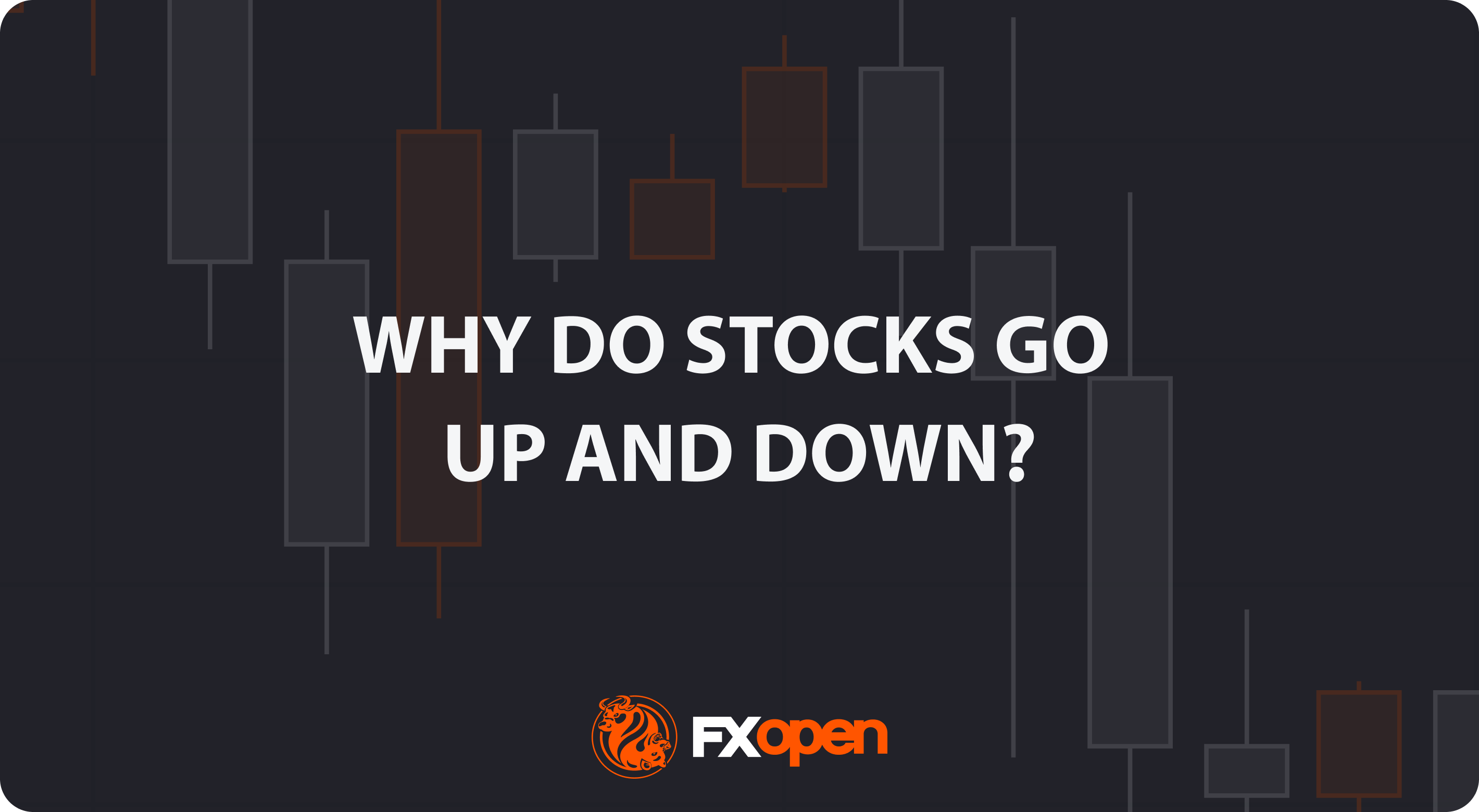FXOpen

North America’s corporate giants have for a very long time been regarded as traditional, long-term investment prospects. A look at the top 500 companies in the United States in the pre-digital age would have demonstrated long periods of very little movement whatsoever.
However, gone are the days in which the upper echelons of New York’s stock exchange are represented by traditional industrial giants in the construction, commercial real estate and manufacturing sectors, with many top firms now at the forefront of science and technology.
The big movers today are often developers of pharmaceutical products and highly capitalised technology firms in Silicon Valley.
Whilst the shorter development times, quick journeys from startup to multi-billion dollar unicorn are more common than ever these days, and unlike the legacy businesses which now languish behind the tech giants, they are susceptible to greater levels of volatility.
A major construction company which just completed the building of a vast business park which will stand for over 100 years is going to be less volatile than a 10-year-old high-tech firm with a SPAC listing on NASDAQ, for example. Thus, the traditional stalwarts are still there, but the added volatility has come from the top-level tech and science firms.
The S&P 500 has been displaying such volatility recently.
On Wednesday last week, the S&P 500 index was in a buoyant position, at 4,446 points by 15:30 during the New York trading session.
By Thursday at 11:00, it had dropped to 4,398 points which is the lowest point in over a month, before suddenly climbing back.
By Friday at 13:00 during the New York trading session, the S&P500 had regained its losses and was back to 4,440 points, almost placing it at the same value as Thursday's high point before its big drop on Wednesday.
What events will affect the market going forward?
Why is there so much sudden movement and uncertainty?
There has been some commentary and opinion as this trading week starts, ahead of the opening bell in New York today, which implies that Pfizer stock is 'oversold.' Pfizer has had an easy run over the past few years. It is not often that a product made by a commercial entity is purchased in bulk by governments across the West and then made almost mandatory.
However, those days are gone, and Pfizer is still a dominant feature within US publicly listed firms. Is it oversold? Perhaps some degree of conservatism is now stepping in.
Other more tangible reasons could be related to forthcoming earnings with traditional components such as delivery and courier giant FedEx and oil industry stalwart Exxon Mobil bolstering market sentiment alongside multinational sportswear manufacturer Nike Inc after increases in stock value which came about in the first half of the year.
There is some degree of negative sentiment around this earnings season within the US and a possibility that interest rates will be increased once again despite inflation in the US being under control.
These are interesting underlying potential factors, and the S&P500's sudden volatility over the past few days is worth keeping an eye on.
Trade global index CFDs with zero commission and tight spreads. Open your FXOpen account now or learn more about trading index CFDs with FXOpen.
This article represents the opinion of the Companies operating under the FXOpen brand only. It is not to be construed as an offer, solicitation, or recommendation with respect to products and services provided by the Companies operating under the FXOpen brand, nor is it to be considered financial advice.
Stay ahead of the market!
Subscribe now to our mailing list and receive the latest market news and insights delivered directly to your inbox.








